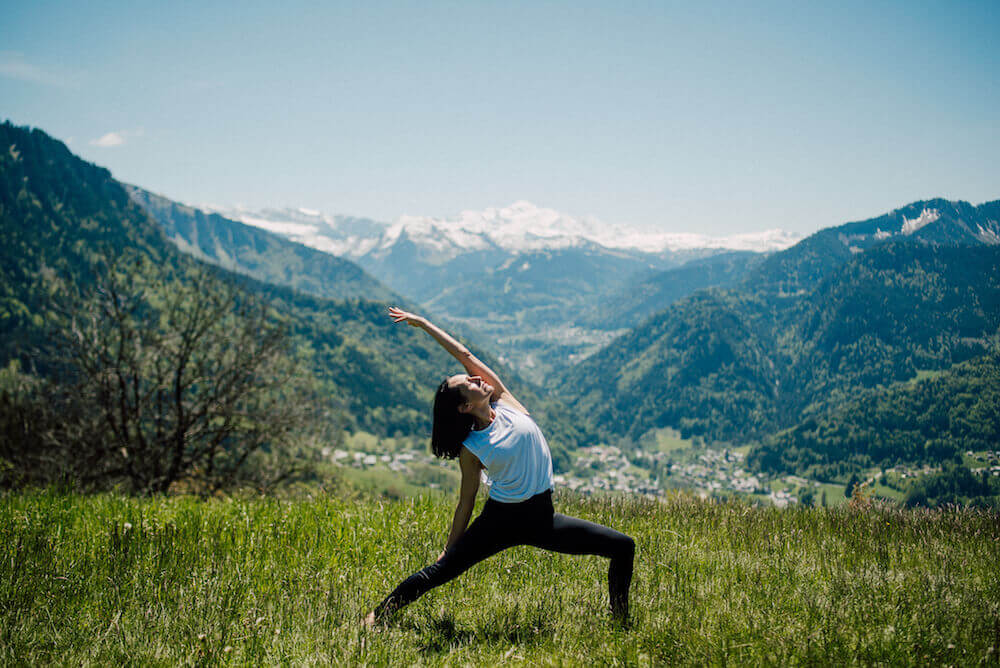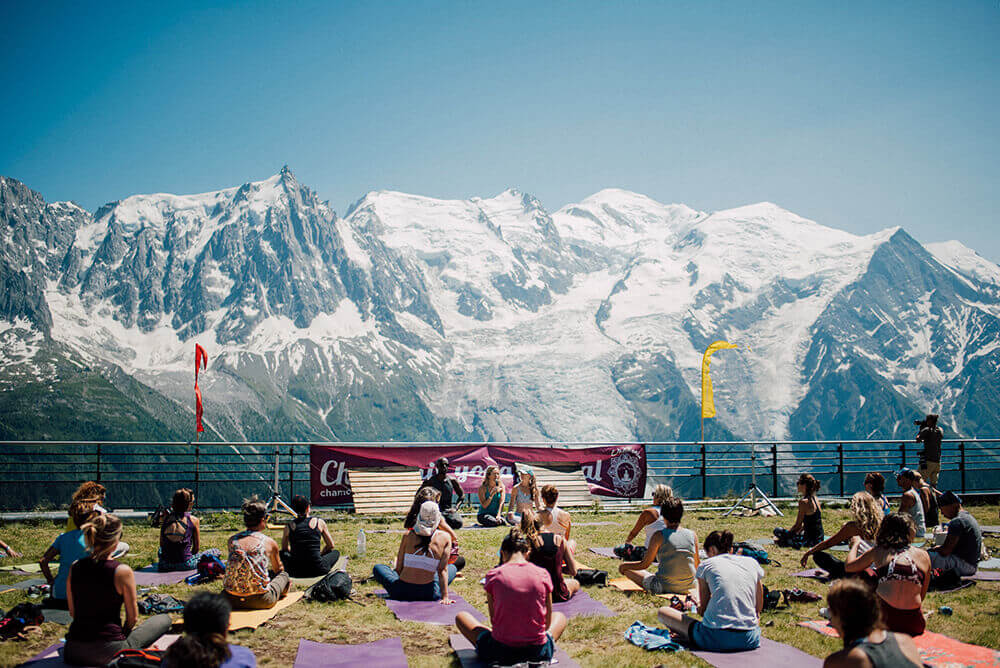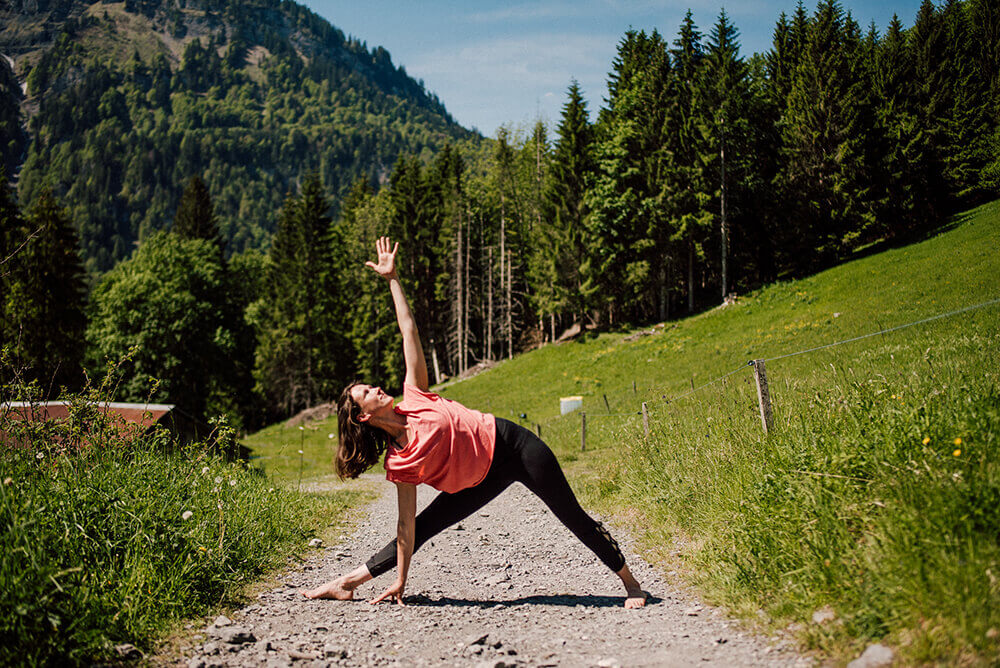Pause & Breathe: 10 minute Simple Calming Technique for a Busy Day
Sally-Anne from Skilful Leaders
Do you ever feel overwhelmed, overworked, swamped by tasks at work, at home, maybe both? And do you sometimes struggle to think clearly?
Hello, I’m Sally-Anne Airey, a leadership coach. I help leaders master themselves so they can lead others better. And I do this on leadership retreats here in the French Alps, where I live, and I also work with people remotely.
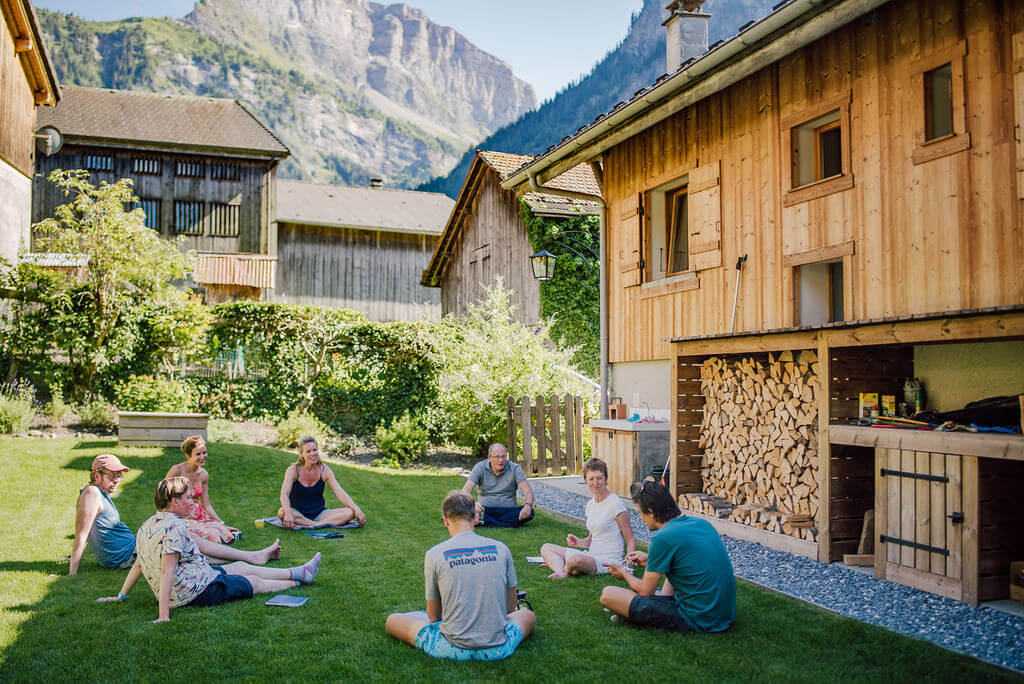
I’m going to talk to you today about the power of pausing in our busy lives and I’m going to give you a simple tool that I’ve shared with hundreds of people over the years, that really works.
When we’re in a state of overwhelm it affects our ability to see things as they are. It also affects us emotionally, we’re easily triggered, we can overreact, we can withdraw from normal life events. Simply because we can no longer see things as they really are. And in our minds and in our bodies they get out of proportion. When we react in this way from a triggered place, we can say and do things that we don’t really mean and this can affect our relationships with ourselves and with the people around us.
Unfortunately what often happens is that we hurt the very people who are closest to us and then we move into a place of regret and guilt and all because we didn’t respond in a way that we really wanted to.

So when this happens, what can we do about it, if we look at this in really simple terms, is we can either change the cause or change the way that we react to it. So if the cause is too many commitments, too much work, we can look at how we reduce our commitments or how we reprioritise them in order to enable us to deal with them better. If the cause is something like an external event that’s beyond our control then what we can think about how we respond to it.
In my experience neither of these are possible without taking a moment to step back, pause, shift perspective and respond intentionally to whatever’s happening. What matters here is creating a moment to think more clearly so that we can see things differently and from this different place we can choose to change how we respond. It’s empowering, we feel as if we’re more resourceful, we have more choice in our lives simply because we took a moment to step back and see what’s actually happening.

I’d like you to take either your left or your right hand and place it at the bottom of the sternum, a bone at the bottom at the top of your abdomen, bringing your awareness into your hand and breathe into the back of your hand. It’s known as the solar plexus and it’s a very powerful place in our body, it really serves us to tune into it and we can only do that if we do it consciously. Because in our busy lives we don’t normally stop to focus in this place, we’re too busy doing stuff, so taking a moment to pause and focus and breathe can be a moment very well spent.
So let’s take a moment right now, let’s pause whatever you’re doing as you’re reading this, consciously pause. As if you were pressing a pause button somewhere inside and as you pause, bring your awareness to your breath. Consciously breathe in gently without forcing it and consciously breathe out. When I say consciously what I mean is becoming aware of your breath and watching its flow as if you were observing it flowing in through your nose or in through your mouth, traveling into your body, noticing where it arrives and what happens in your body. When we bring our awareness to our breath it changes something at a physiological level which we’ll talk a little bit more about, but for the moment just enjoy this pause. Breathing in, expanding, creating space, breathing out, letting go.
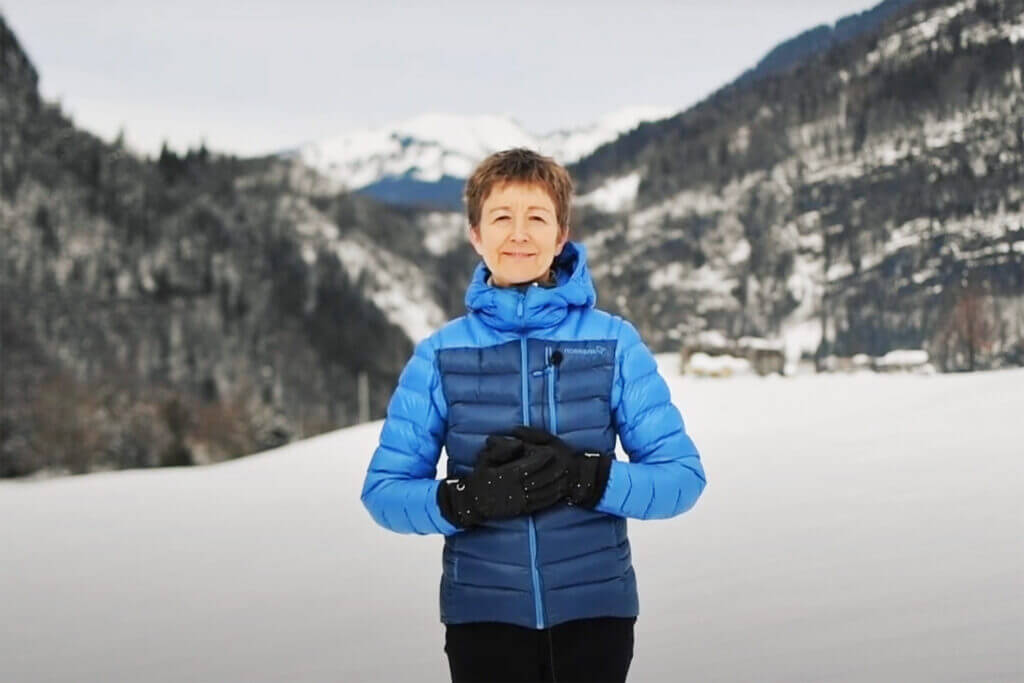
How do you feel now? What do you notice that is different in any way to how you felt before we started this simple three-step process? These three steps I call the ‘pause tool’, it’s a simple thing that you can do every day as often as you like in any moment to create space between the event and how you respond to pausing and focusing. Breathing in this way actually has a calming physiological effect which I discuss more in the workshops that I do on this but for the moment I expect you did feel something and usually what people tell me they feel is some sense of feeling, and it’s going to be very individual very personal to you there’s no wrong or right way or good or bad way but what matters is that you notice the difference and you decide what to do with that.
This calming physiological effect helps you think more clearly, gain more perspective and respond more mindfully to anything that happens. Imagine for the moment that you’re in the driving seat of your car, you’re driving along the road you know, let’s say 70 hm/h speed limit, there’s lots of oncoming traffic and you pull up along behind a car that is driving at about 20 km/h below the speed limit for no apparent reason. You’re not in a particular hurry but you don’t particularly want to slow down either and you know you’re looking to see what you can do. You want to overtake but there’s all this I’m oncoming traffic and you start to notice a feeling of impatience, maybe just gentle at first and maybe gradually increasing and that becomes frustration and all you can think about is overtaking this vehicle, who just simply isn’t moving as quickly as you’d like it to.
What do you do? Well typically what people do is they get up very close to the car in front of them, and all you can see is this vehicle in front of you, without getting a very good view of any space that might be coming in the on coming traffic, because all you can see is this vehicle. You’re hoping that by putting pressure on this vehicle the driver might go faster. Does that ever happen? Not in my experience. So what happens is you limit your view you annoy the driver in front of you and you don’t actually achieve the outcome that you’re looking for, which is to overtake.
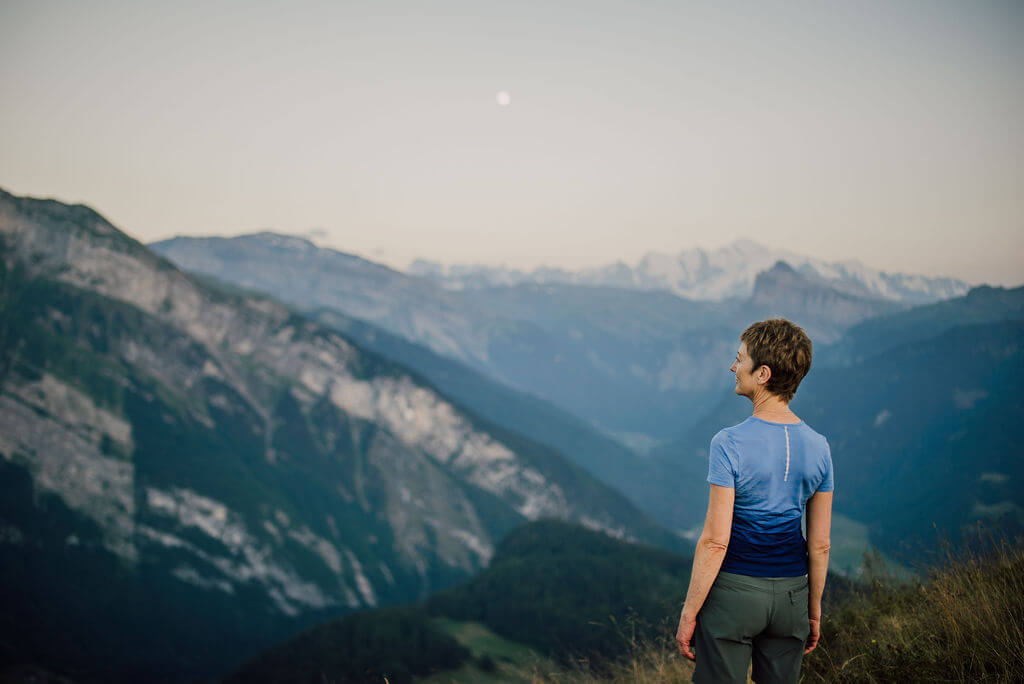
Let’s pause, let’s pull back, slow down, create more space between you and the car in front of you. And what happens then? You get a wider perspective, it’s like your field of view widens up, you can see the oncoming vehicles and you can see the opportunities. You’ve got a better vision, the better view of what’s actually happening. And as you pull back and slow down you feel slightly less frustrated and impatient because you’re doing something that’s you know getting you to where you want to be. And you’re in a good place to take the action that’s gonna work. So pull back, slow down, see your opportunity.
So next time you find yourself triggered or you notice that you were just triggered, when you notice you about to react or you did react, press the pause button, create some space, focus, breathe, use your own internal resources to enable you to respond with intention rather than react without thinking and enjoy it . I hope you found this useful and if you’d like to do more of this in more depth then please feel free to get in touch.
